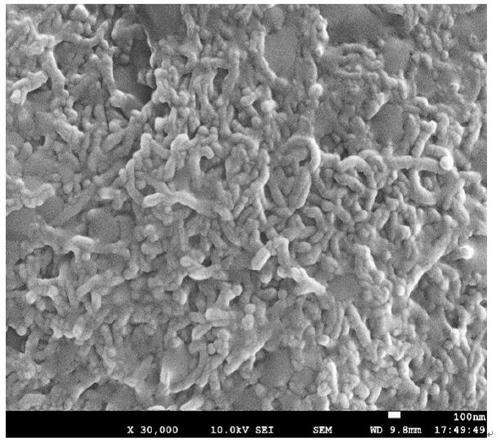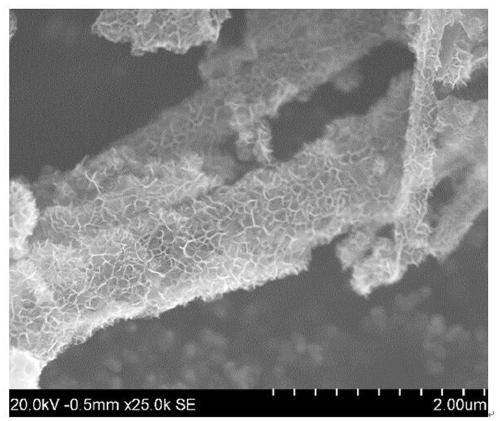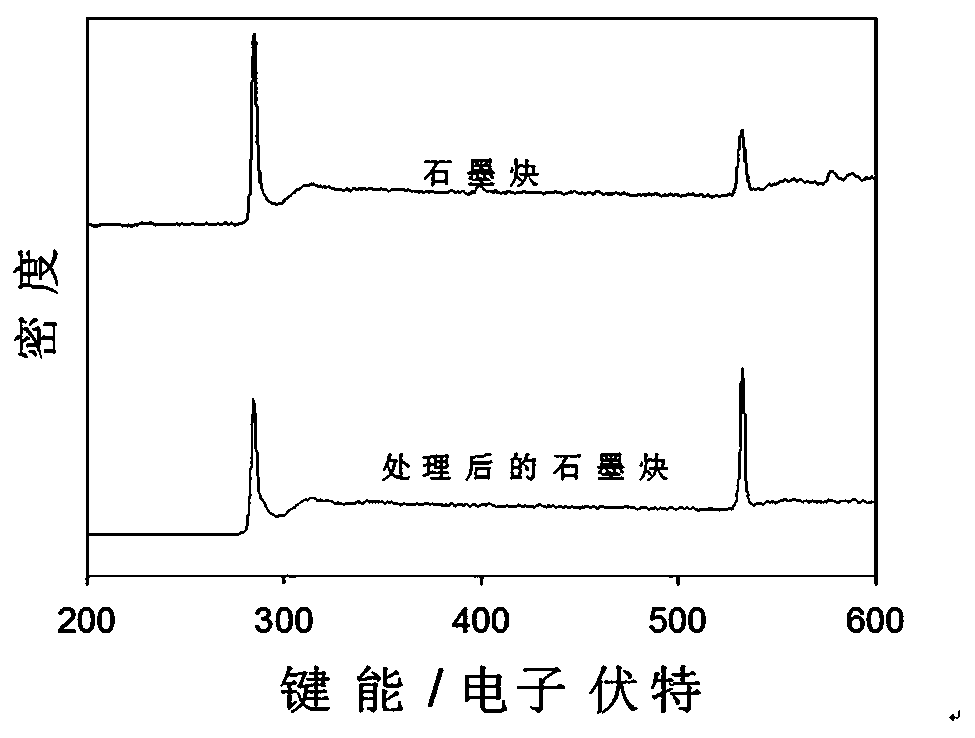Method for detecting dopamine by acidified graphdiyne nanotube/short multi-walled carbon nanotube modified electrode
A technology of multi-walled carbon nanotubes and acidified graphite, which is applied in the direction of measuring devices, electrochemical variables of materials, and material analysis through electromagnetic means, can solve the problems of insufficient sensitivity of DA quantification and high detection sensitivity, so as to improve electron transmission efficiency, High enrichment capacity and low cost effect
- Summary
- Abstract
- Description
- Claims
- Application Information
AI Technical Summary
Problems solved by technology
Method used
Image
Examples
Embodiment Construction
[0027] The present invention will be further described in detail below in conjunction with specific embodiments and accompanying drawings.
[0028](1) Preparation of short multi-walled carbon nanotubes: disperse 10 mg multi-walled carbon nanotubes in 1:2 10 mL concentrated HNO 3 (68%) and H 2 SO 4 (98%) mixture, sonicated in 80°C water bath for 4 hours, then cooled with ice water and slowly diluted to prevent further reaction, then centrifuged at 15000 rpm, washed thoroughly with distilled water, repeated cycle until The pH value of the supernatant was 7, and after centrifugation, it was dried in an oven at 60°C for 24 hours;
[0029] (2) Treatment of graphyne nanotubes: Disperse 5 mg graphyne nanotubes in 5 mL concentrated HNO at a ratio of 1:2 3 (68%), and H 2 SO 4 (98%) and the mixture, treated in a 70°C water bath for 8 hours, cooled with ice water, then centrifuged at 12,000 rpm for 15 min to remove mixed acids, and then washed repeatedly with distilled water until t...
PUM
 Login to View More
Login to View More Abstract
Description
Claims
Application Information
 Login to View More
Login to View More - R&D
- Intellectual Property
- Life Sciences
- Materials
- Tech Scout
- Unparalleled Data Quality
- Higher Quality Content
- 60% Fewer Hallucinations
Browse by: Latest US Patents, China's latest patents, Technical Efficacy Thesaurus, Application Domain, Technology Topic, Popular Technical Reports.
© 2025 PatSnap. All rights reserved.Legal|Privacy policy|Modern Slavery Act Transparency Statement|Sitemap|About US| Contact US: help@patsnap.com



